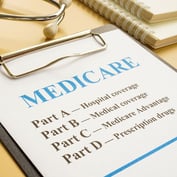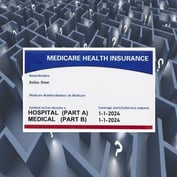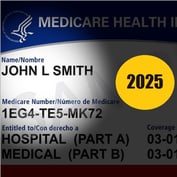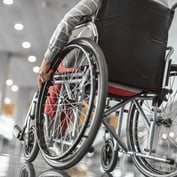The promise of worksite health screening is compelling.
Imagine an employee with unrecognized high blood pressure (slowly developing damage to arteries and major organs) one day having a serious heart attack requiring prolonged hospitalization, intensive medical and surgical treatment, and extensive rehabilitation.
Now, imagine the high blood pressure had been detected early at a worksite health screening and successfully treated. The employee maintains good health, and the employer avoids medical claims costs and lost productivity. But having a successful worksite screening also means knowing what to screen for and what to avoid.
In addition to early detection of illness, worksite health screenings are also a low-cost, high-profile way to enlist employees in improving their health and an important value-added service an advisor can help deliver.
Some employees avoid preventive medical care and miss the opportunity to address the behaviors that cause chronic illness, such as inactivity, obesity and tobacco use. Worksite screening also can identify employees with these lifestyle risks, and a nurse or health educator can counsel these individuals on the consequences of their choices and make available opportunities to help them change.
As part of a broad health promotion effort, this kind of direct medical contact can motivate employees successfully to change their behavior.
There are a number of national vendors that can deliver effective, professional screenings at a cost between $25 and $40 per employee. For employers on a tight budget, the health carrier may be able to sponsor some elements of the screening, and local hospitals or medical groups may be willing to donate nursing support as part of their community outreach.
The screening should be supported with employee incentives to participate and will benefit from a comprehensive communications plan to reach and remind every employee. It is also an opportunity to conduct a “health fair” showcasing the health plan, other vendors like the employee assistance program and local resources to improve health risks, such as fitness centers and legitimate weight loss programs. The employer should be careful to avoid vendors who seem likely to use the event primarily to generate revenue at the employer’s expense.
Besides the goodwill generated by the employer’s desire to support better employee health, the employer also can access the cumulative results of the group. While individual results are confidential and protected, the results for the group as a whole can give important insight into the overall health status of the group. This allows for planning to address the most compelling risks through directed health promotion programs and gives early warning of future claims costs, which can be important in professionally managing the health benefit program. An advisor who can help the employer deliver on the promise of worksite health screening also has arranged a very public display of the value that advisor brings.
Do’s And Don’ts
What should be part of every worksite health screening?
Worksite testing should be limited to activities that have been proven to be effective in identifying illness for which early intervention makes a real, measurable impact. These activities also must be practical to administer in a work setting.
They include:
1. Blood sugar–A quick finger stick can provide early indication of diabetes. Fasting is more accurate than a random measurement but is not essential.
2. Cholesterol–A total cholesterol reading also can be done via a finger stick, with the results immediately available.








 April 23, 2006 at 04:00 PM
April 23, 2006 at 04:00 PM










